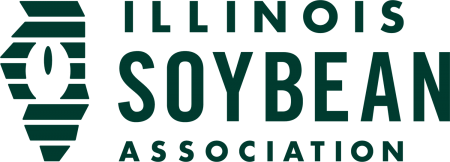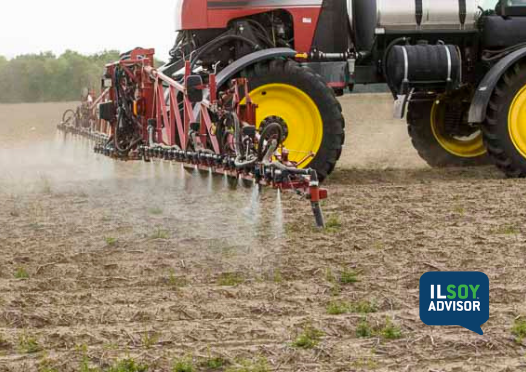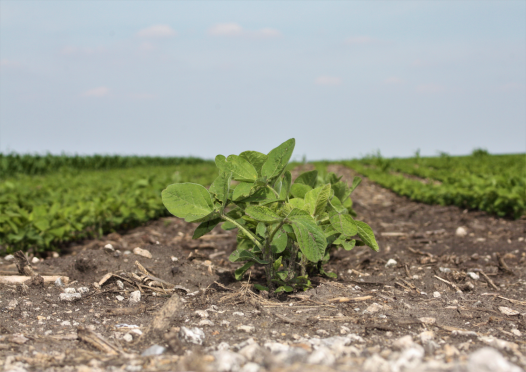ILSOYADVISOR POST
Weeds: Managing Waterhemp
Waterhemp will continue to be a top weed challenge for many Illinois growers in 2015, according to Mark Bernards, assistant professor of agronomy, crop science and weed control, Western Illinois University. “We saw a lot of waterhemp sticking up above the canopy last fall, so we’ll continue to have issues with it this next year, which can be complicated if it also has developed resistance to glyphosate.”
Bernards adds that while many growers are more aware of herbicide resistance, not all are confident in identifying resistance on their farms.
“If a grower had waterhemp standing at harvest, and that field received timely herbicide applications earlier in the season, then it’s pretty safe to suspect there’s a problem with resistance,” he explains.
Bernards adds that the most important thing growers can do to determine if resistant weeds are an issue on their farm is to scout fields two weeks after applying a postemergence product. “At that point, if you find plants that are alive next to dead plants, and you’re confident that both were covered, there’s a good chance that you have a resistant plant.”
Bernards recommends using pre-emergence herbicides to suppress waterhemp issues in fields where the weed has been a problem in the past. “Pre-emergence is key to managing waterhemp effectively because post options for controlling waterhemp are a lot less cost-effective.”
Scouting also is critical, according to Bernards. “Growers need to be out in their fields every two to three weeks to evaluate what’s happening and catch escapes early,” he says. “It’s critical that we manage weeds while they’re still small.”
Inter-row cultivation is another technique they’re using on the WIU research farm located near Macomb to help control waterhemp. Bernards says that many growers have gotten away from the practice, but it can offer an extra line of defense against yield losses to waterhemp.
“We have a lot learn or relearn about inter-row cultivation,” he explains. “But it’s definitely something we’re going to need to consider, given the somewhat limited number of herbicides available for postemergence control.”
For more information on weeds to watch for in 2015, see the March issue of Illinois Field & Bean magazine.





Comments
Add new comment